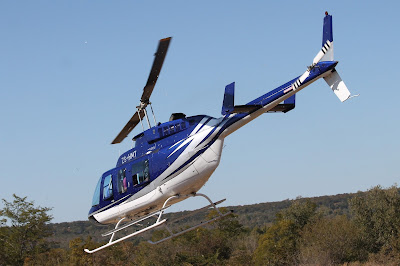We are getting pretty close to our time to go home (only three weeks!) and one of the things we wanted to do while we were in Africa is visit Victoria Falls, which is one of the seven natural wonders of the world. After being there, you can certainly see how it got that designation! We went to the Zimbabwe side and stayed in the town called Victoria Falls but the falls and the Zambezi River that creates it are in both Zimbabwe and Zambia.
"Victoria Falls" was the name given to it by Europeans to honor Queen Victoria, but the natives call it Mosi-oa-Tunya which means the Smoke that Thunders which I think is a much more descriptive name. It is neither the widest or the tallest of waterfalls, but when all things are combined including the flow rate, it is the largest curtain of falling water in the world with a width of 5,604 feet and a height of 354 feet. To give you a little scale, that is about twice as high and about 30% wider as Niagra Falls.
We went a couple of days and one morning we were lucky enough to catch some of the rainbows that Victoria Falls is famous for.
Here's another one
Even the grassy areas had rainbows because there was so much water mist.
You can see how misty the falls looks here, but we were told that during the rainy season, you can hardly see the falls because it is so misty.
Maybe like this part of the falls, but even more misty they say.
This is the Lodge we stayed at which was very nice.
There was a watering hole that we could watch from our balcony
That is when the monkeys weren't on the balcony. They were aggressive little things. This one was baring his teeth at me and lunging at the window. Forget lions, I'm going to avoid monkeys!
They put out food a couple of times a day and hundreds of vultures would come to try to get some of it. It wasn't nearly enough to feed them all, but just enough to keep them in the national park where they were protected.
They came in every evening to put down the mosquito netting--it was a mosquito area (hence malaria), but not the mosquito time of year so we didn't see any at all.
Bargaining at the craft market which was no fun. There were about 50 vendors and each one was begging to be "supported." They really do need the money since the currency in the two countries collapsed a few years ago. Now what little cash they get are American dollars or South Africa rand.
We went on a nice sunset cruise down the Zambezi.
Frank took this sunset picture through a hole cut into the back of the deck chairs.
We also did a helicopter ride above the falls which was amazing. My first time in a helicopter and, since I was the smallest passenger, I got to ride in the front.
This picture gives you an idea of the width of the falls. I asked why the river didn't cut a deeper, narrower channel like other rivers and learned that the river flows across very hard basalt from an old volcano.
This one gives an idea of the height of the falls.
And here you can see the mist in some parts even during this dryer time of year. The pilot said that at some times, they can't fly because the visibility is too low, and anyway, I'm sure you couldn't see anything anyway.
For those thrill seekers, there are two pools in the rock at the very top of the falls where people are taken by power boat to swim (and no! this picture is not of us :) From our safe place at the bottom, we could see people walking on the rocks and just the sight of it looked crazy.
This is the video that we purchased that shows the helicopter flight. It's a little long and I'm not sure about the music, but you can experience the flight above the falls!


















































